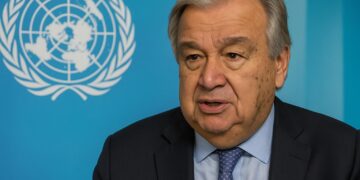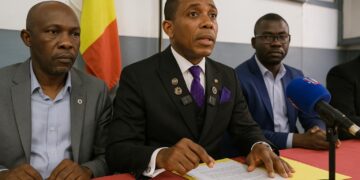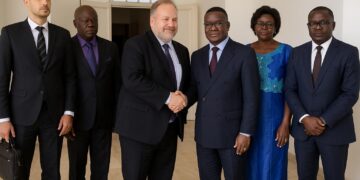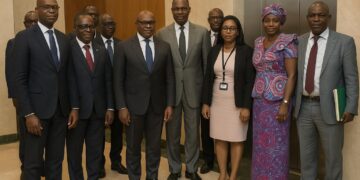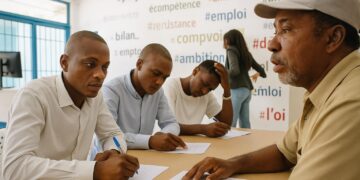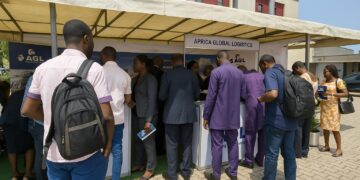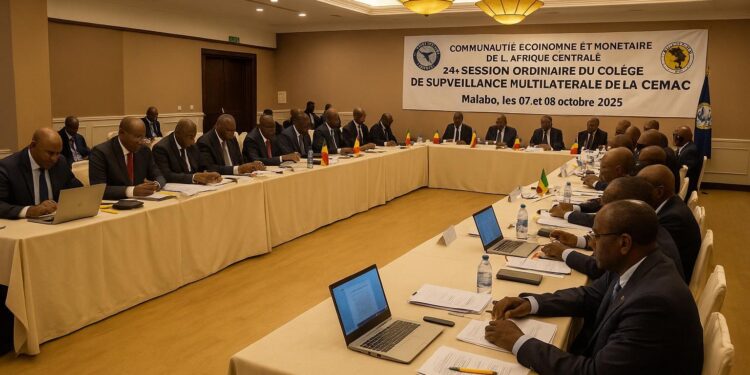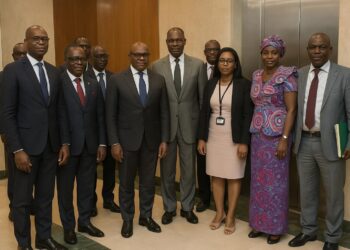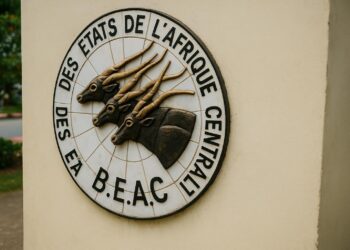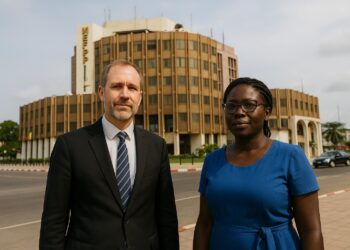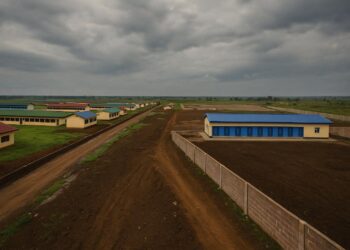Multilateral review signals guarded optimism
Meeting in Malabo on 7-8 October, the Multilateral Surveillance College of the Central African Economic and Monetary Community delivered a cautiously upbeat message: growth is returning, buffers are rebuilding, but governments must steer carefully to protect still-fragile fundamentals (CEMAC Commission communiqué).
Real GDP across the six-nation bloc expanded by 2.7 % in 2024, up from 1.8 % last year, as non-oil activities gained 3.2 %. Participants adopted the 2024 Multilateral Surveillance Report and endorsed baseline forecasts pointing to 3.4 % growth by 2026, assuming policy continuity and stable commodity prices.
Divergent growth paths within the bloc
Headline numbers conceal a patchwork of national performances. Cameroon led with 3.5 % growth, supported by agribusiness and construction, while Gabon climbed to 3.2 % thanks to a synchronised pickup in oil and wood processing. Chad’s 2.6 % rebound reflected gradual security improvements around pipeline infrastructure.
In the Central African Republic, growth improved to 1.8 % as better road access lifted trade corridors. Equatorial Guinea remained broadly flat, mirroring a mature oil province. The Republic of Congo advanced to 1.5 %, continuing the non-oil revival that began in 2023, aided by transport, telecoms and a more dynamic SME segment.
Inflation moderates yet stays above target
Regional inflation slowed to 4.1 % in 2024 from 5.6 % a year earlier, helped by tighter monetary policy at the Bank of Central African States and easing global food prices. Only the Central African Republic and Gabon met the 3 % convergence ceiling.
Persistent price pressures in coastal economies keep real interest rates low, compelling BEAC to maintain a guarded stance. Analysts at La Française Global AM argue that any premature rate cuts could reignite capital outflows, especially with the US Federal Reserve signalling a prolonged higher-for-longer cycle.
Convergence criteria: mixed scoreboard
The treaty sets four primary convergence criteria, including deficits below 3 % of GDP and debt below 70 %. For 2024, Cameroon, the Central African Republic and Equatorial Guinea met two criteria, while Congo-Brazzaville, Gabon and Chad achieved only one, the report states.
Finance ministers acknowledged progress in trimming deficits but warned that revenue mobilisation lags behind spending needs. Digital tax systems piloted in Brazzaville and Libreville show promise, yet broader adoption is needed to stabilise fiscal accounts and create space for infrastructure outlays.
External buffers strengthen resilience
Foreign-exchange reserves reached the equivalent of 4.86 months of imports, lifting the external coverage ratio to 74.9 %. The improvement reflects lasting effects of the 2021 Programme with the IMF and stricter compliance with repatriation rules for hydrocarbon receipts.
Credit Suisse research notes that the stronger reserve position lowers balance-of-payments risk and supports the CFA franc peg to the euro, a key anchor for investor confidence. Still, the Commission cautioned that any sharp fall in oil prices could erode this cushion within a single budget cycle.
Congo-Brazzaville’s measured turnaround
For Congo-Brazzaville, the surveillance review highlights a steady ascent from 1.1 % growth in 2023 to 1.5 % in 2024. Non-oil GDP rose as public works accelerated around the new Oyo-Cuvette corridor and fintech startups deepened mobile-money penetration.
Higher timber exports and agricultural processing offset softer crude output, confirming the authorities’ push to diversify sources of foreign currency. The government’s medium-term plan aims to lift non-oil revenue to 20 % of GDP by 2026, partly through the ongoing customs digitisation programme, officials told Bloomberg News.
Structural reform remains the decisive variable
“The macroeconomic outlook is favourable, yet fragile because it is not rooted in solid fundamentals,” Commission President Baltasar Engonga Edjo’o stressed. He urged members to advance diversification, business-climate upgrades and regional integration to reduce exposure to commodity swings.
Key milestones include the adoption of the revised investment code, full operationalisation of the Douala Stock Exchange-Bourse de Valeurs Mobilières de l’Afrique Centrale merger, and the rollout of the One-Stop Trade Window across all ports by 2025, according to the roadmap discussed in Malabo.
Risks that warrant vigilance
Delegates flagged five interconnected risks: fluctuating oil prices, spill-overs from Sahelian security crises, climate-related shocks, delay in debt reprofiling negotiations, and tighter global financial conditions. Any adverse shock could widen deficits and revive arrears, undermining convergence gains.
Oxford Economics Africa underlines that the bloc’s average debt service will climb from 28 % of revenues in 2024 to 33 % in 2026, even before counting new green-bond ambitions. Transparent debt management frameworks therefore remain central to sustaining investor appetite.
Implications for investors and decision-makers
The Malabo communiqué offers a mixed yet manageable picture. Growth momentum and improving reserves create headroom for carefully sequenced public-investment programmes, especially in transport and digital infrastructure, areas where private capital can complement limited budgets.
For Congo-Brazzaville, continued progress on fiscal discipline and fintech-enabled revenue collection could unlock additional IMF disbursements and lower sovereign-risk spreads. Multinationals eyeing supply-chain localisation may find an increasingly predictable macro backdrop, provided inflation continues its descent.
Portfolio investors, however, should monitor BEAC policy signals and the pace of structural reforms. The Commission’s emphasis on prudence suggests that any deviation from the reform path could quickly translate into tighter liquidity and wider bond yields across the CFA zone.




